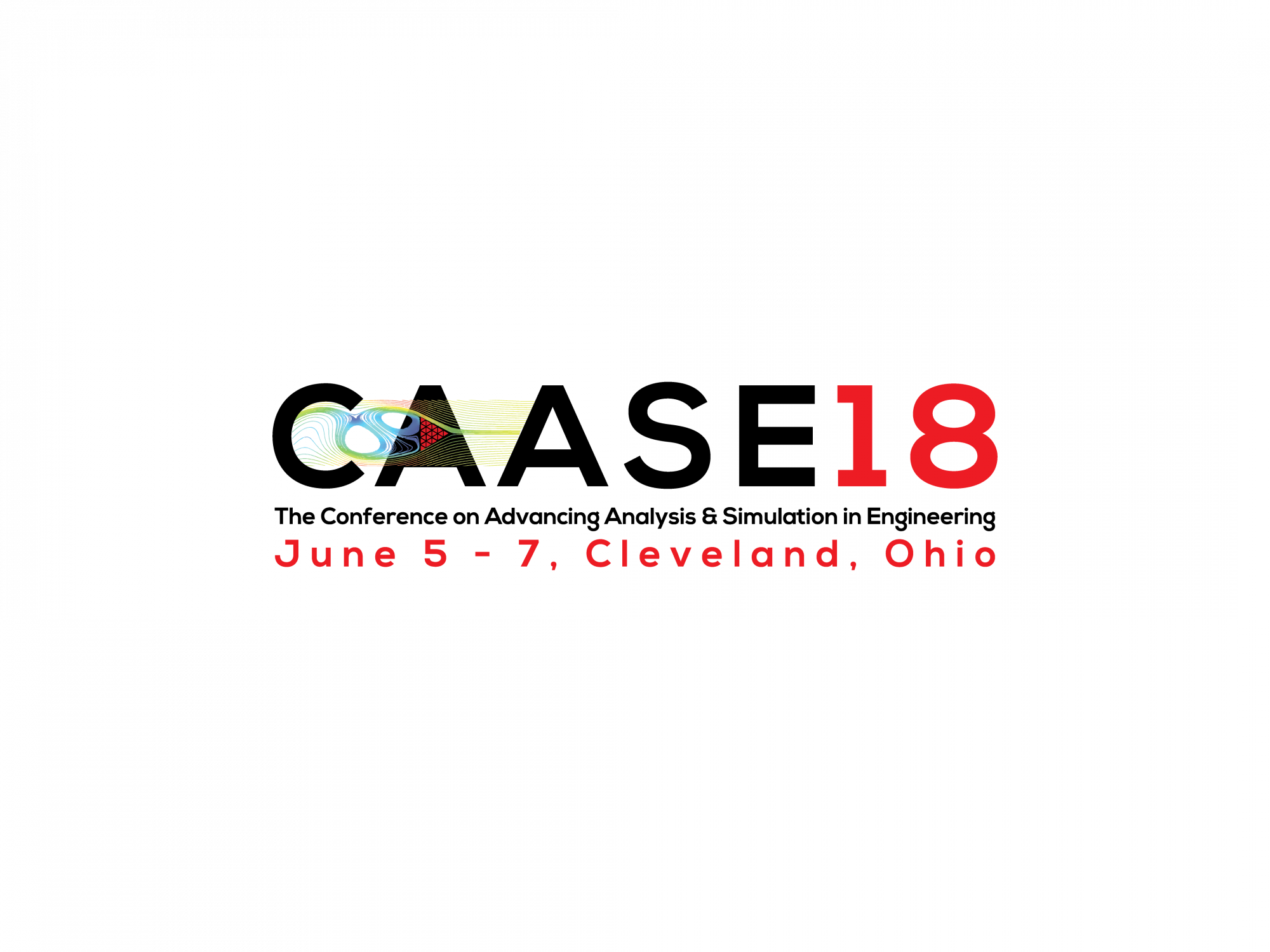CAASE18 Preview: The Dawn of AI Bounty Hunters

Latest News
January 15, 2018
 Jerry Overton, data scientist from DXC TEchnology, speaks on AI’s role in manufacturing in upcoming CAASE18 Conference (June 5-7, Cleveland, Ohio).
Jerry Overton, data scientist from DXC TEchnology, speaks on AI’s role in manufacturing in upcoming CAASE18 Conference (June 5-7, Cleveland, Ohio).Jerry Overton, a data scientist in DXC Technology‘s Analytics Group, thinks it’s time to teach the machines to think for themselves, in a manner of speaking.
In his upcoming talk at the CAASE (Conference on Advancing Analysis and Simulation in Engineering, June 5-7, Cleveland, Ohio), Overton plans to give “real-life examples of how AI makes an innovative difference in manufacturing.”
“The biggest problem with AI application to manufacturing is, there are so many options,” explained Overton. “You can use it in different areas, ranging from part manufacturing and part configuration to supply chain management.”
Overton suggests looking at AI as a supercharged search engine, where you can find the best answer to specific issues. For example, you might look for the best solution to predictive maintenance, equipment reliability, or safety risk minimization.
But getting that search engine into your current operations and offerings may take some outside help.
AI-Driven Design and Engineering Tools
The AI-driven age is, in a way, the Wild West of the Future. Regulatory bodies are struggling with ways to make AI applications ethical and lawful; software developers are looking at ways to take advantage of AI.
It’s highly unlikely engineers will learn to write AI programs or develop machine learning algorithms. But many are open to using AI-driven tools, if the learning curve is not too steep. Therefore, in the last few years, engineering and design software giants like Autodesk, Dassault Systemes, PTC, and Siemens PLM have begun incorporating AI-driven or AI-like features into their modeling and simulation software titles.
Examples include Autodesk Fusion 360 with topology optimization tools and Autodesk Netfabb with lattice-structure optimization tools, both derived from the generative design experiments in Autodesk Project Dreamcatcher.
“In the Autodesk software example, you submit the inputs and the software gives you a few options on the direction you need to go,” said Overton. “That type of interaction will be embedded into just about every manufacturing tools,” he predicted.
AI Hired Guns
You’ll likely see a new phenomenon driven by AI—engineering and design software vendors hiring AI developers or acquiring AI firms. IoT software vendor PTC’s 2015 purchase of the data analytics firm ColdLight for $105 million fits this pattern.
Announcing the transaction, PTC wrote, “ColdLight’s Neuron platform addresses [failure detection] challenges by using artificial intelligence and machine learning technology to automatically and continuously learn from data, discover patterns, build validated predictive models and send information to virtually any type of application or technology ... PTC believes it will be particularly useful to improving after-sales service, which PTC believes is a major industrial application that drives business value in the IoT.”
You can also expect to see the rise of AI hired guns, offering their services for projects and partnerships.
“Some companies might develop the AI capability internally, ” said Overton. “Others might get AI-related services from consulting companies—going out to rent AI. My personal opinion is, that will be how the majority will inject AI into their products and operations.”
In his latest blog post, titled “AI in Manufacturing,” Overton explains why he thinks AI’s role in manufacturing will grow.
CAASE is co-hosted by NAFEMS and DE.
Subscribe to our FREE magazine, FREE email newsletters or both!
Latest News
About the Author
Kenneth Wong is Digital Engineering’s resident blogger and senior editor. Email him at [email protected] or share your thoughts on this article at digitaleng.news/facebook.
Follow DE





